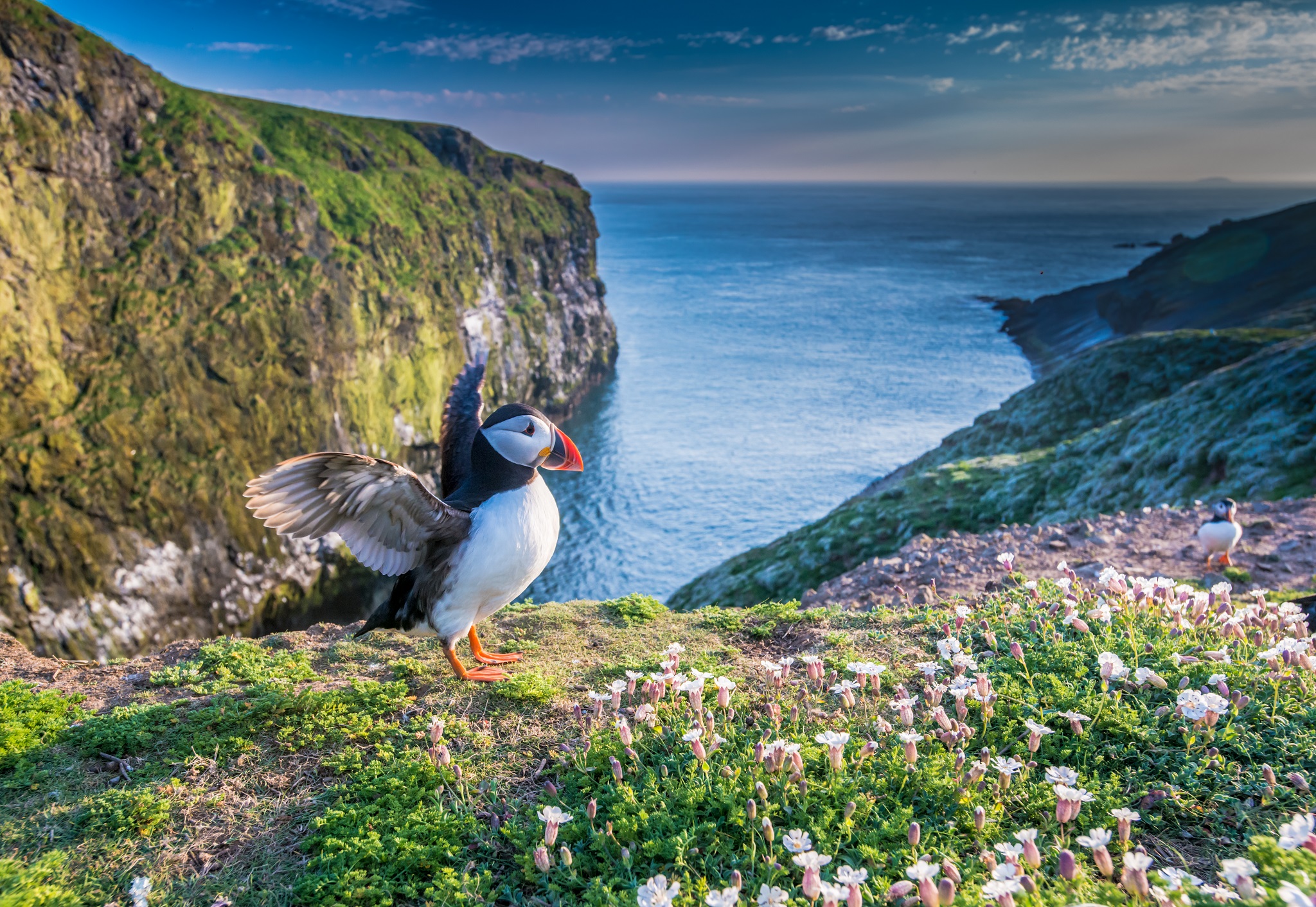Finding an otter is never easy, but these reserves offer you a good chance – and a fun day out.
The return of the otter to waterways across the country is one of the UK’s top conservation success stories.
The species was driven to near extinction in some areas between the 1950s and 1970s, but thanks to improvements in water quality and greater protection it can once again be found across Northern Ireland, Scotland, Wales and - as of 2011 - every county in England.
As with all mammals – a notoriously skittish bunch – the trick to otter-spotting is patience, with a healthy dose of luck thrown in.
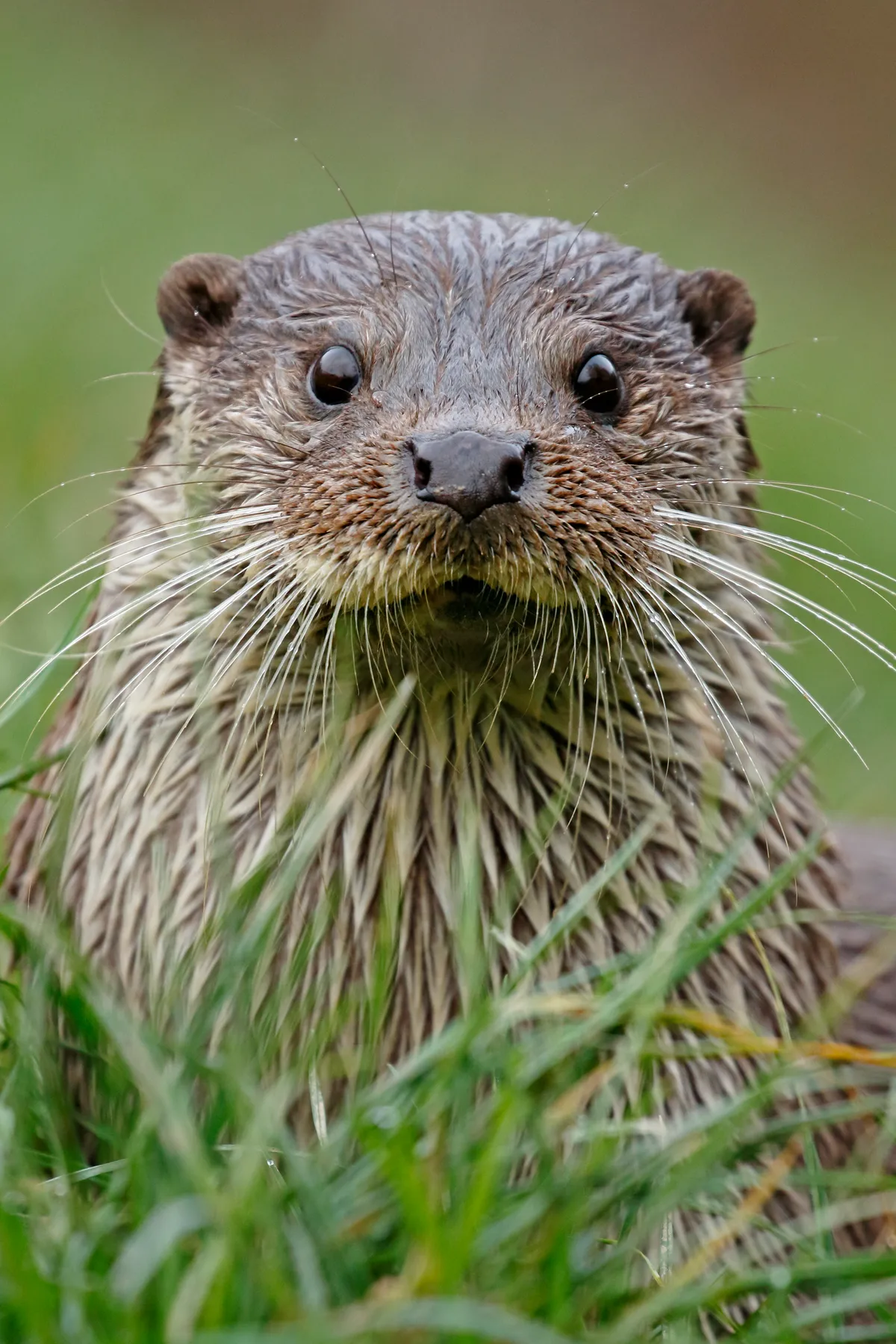
How to find an otter
Increase your chances of seeing one by researching the ideal otter habitat. Clean waterways, abundant prey stocks and vegetated banks are otter musts.
The best time to see otters is at dawn but you will need to be still and patient, walk quietly, and keep upwind.
Look for telltale tracks and signs, such as distinctive webbed toe prints in soft riverbank mud.
And spraints (droppings, often containing fish bones and scales) left at strategic points along an otter’s territory, such as beneath bridges. Their aroma has been likened to that of jasmine tea, but you may want to take our word for it.

10 Wildlife Trust sites where otters have been spotted
1
Smallbrook Meadows (Wiltshire Wildlife Trust)
Here water weaves through wet woodland, wildflower meadows, marsh, ditches and ponds. Otters are seen fleetingly, especially in the early morning. Water voles can be found here, too.
Where is it? Southern edge of Warminster. Walk through the boating park from Weymouth Street or the car park in Smallbrook Road. Grid ref: OS ST 880 443
2
Cricklepit Mill (Devon Wildlife Trust)
An urban site with easy access and regular otter sightings, often during the day. There’s also the chance to see birds such as kingfisher, little egret and dipper. There’s also an interpretation area where visitors can watch footage of otters visiting the Mill.
Where is it? Exeter city centre. 15 minutes on foot from the bus station and 20 minutes from the train station. Grid ref: OS SX 919 922. Open weekdays except bank holidays.
3
Aughton Woods (Lancashire Wildlife Trust)
Remote ancient woodland on the River Lune, which is a hotspot for otters. It’s full of coppiced trees, including small-leaved lime. Also look out for common sandpipers and oystercatchers from February onward.
Where is it? Five miles northeast of Lancaster between Aughton and Caton. There is a car park at Crook ‘o Lune; public footpath along the river. Grid ref: OS SD 543 663
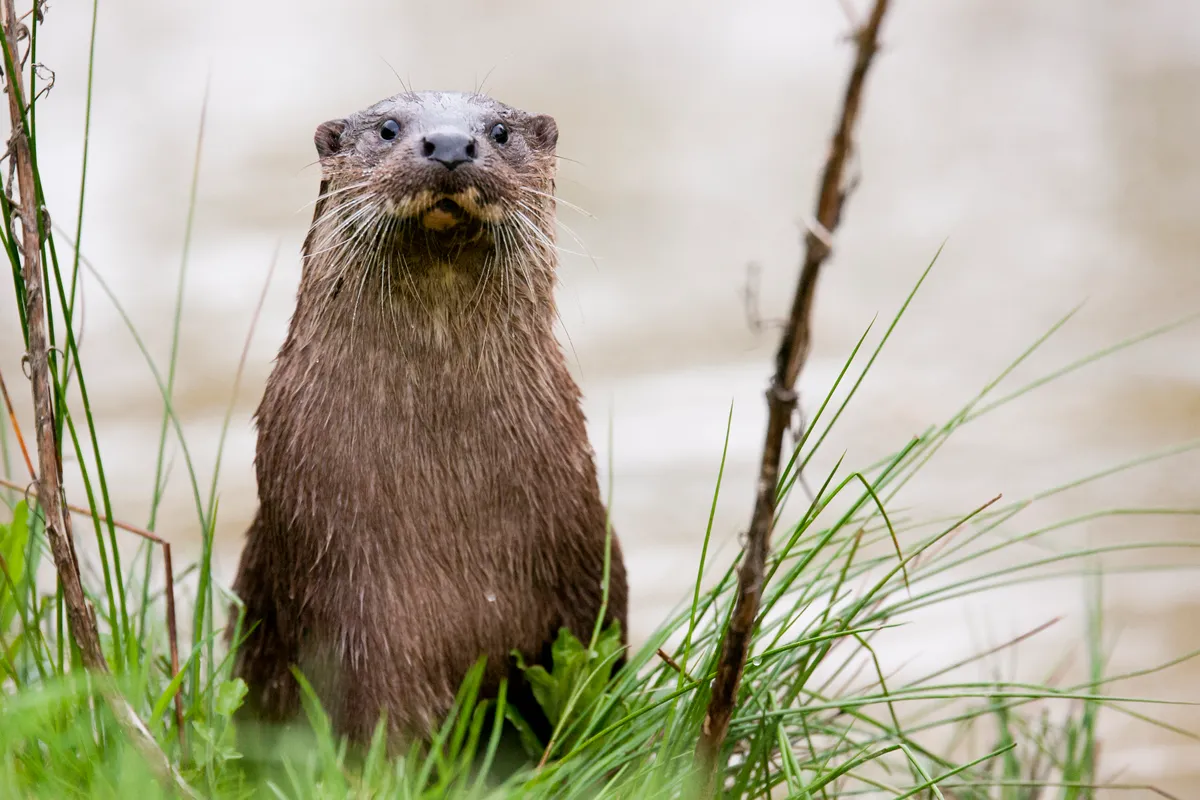
4
Essex Nightwatch (Essex Wildlife Trust)
For the best chance of seeing an otter in Essex join a Nightwatch, led by otter expert Darren Tansley.
Infrared video cameras are used to observe wildlife at nighttime when rivers come to life. There have been some great sightings this way, including cubs.
Where is it? See Essex Wildlife Trust for details of upcoming events.
5
Gilfach Farm (Radnorshire Wildlife Trust)
Visitors often report seeing otters here. One summer a family from Liverpool saw a female and two cubs walking along the nature trail in mid-afternoon! The best time to visit is October – December when otters come to the waterfalls to chase the leaping salmon.
Where is it? Off A470 between Rhayader and Llangurig to St Harmon and Pantydwr. Turning marked by brown reserve sign. Grid ref: OS SN 965 717
6
Portrack Marsh (Tees Valley Wildlife Trust)
Take an early morning walk along the river Tees towards the reserve. Check the river and riverbank for otters, which are regularly seen in and around the town. At the barrage, keep an eye out for common seal and kingfisher too.
Where is it? Centre of Stockton on Tees. From A66 follow signs for Tees Barrage, over the roundabout, R into Whitewater Way. Follow the road to the Talpore. Grid ref: OS NZ 465 194
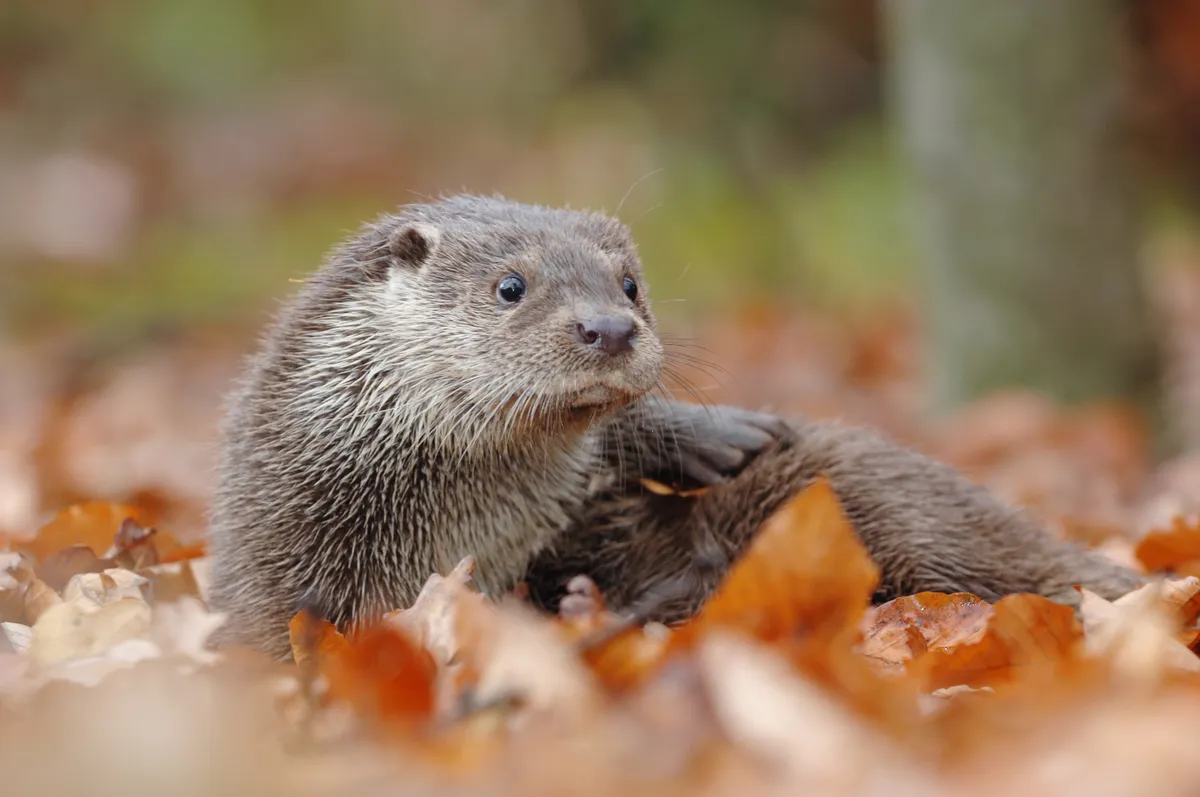
7
Falls of Clyde (Scottish Wildlife Trust)
The reserve stretches along both sides of the Clyde gorge and offers spectacular views of waterfalls. While looking for otters here, also keep an eye out for peregrine, badger and bats, and learn more in the visitor centre.
Where is it? One mile south of Lanark, signposted from all major routes. There’s a large visitor car park at New Lanark. Grid ref: OS NS 881 423
8
Winnall Moors (Hants and Isle of Wight Wildlife Trust)
A stone’s throw from busy Winchester, otters pass daily through this wetland haven. Look for signs of these animals from the reserve’s many paths, boardwalks and bridges over the renowned river Itchen.
Where is it? Three to four mile walk from the train station, half a mile from Winchester bus station, or use park and ride. Post code SO23 8DX. Grid ref: OS SU 490 306
9
Staveley (Yorkshire Wildlife Trust)
This site is great for otters – in 2012 a mother and cubs were seen here several times. It’s also home to more than 230 plant species and a range of birds, including locally rare short-eared owl and jack snipe.
Where is it? Two and a half miles southwest of Broughbridge. YWT car park outside Staveley village on Minskip road. Surfaced paths to reserve. Grid ref: OS SE 365 634
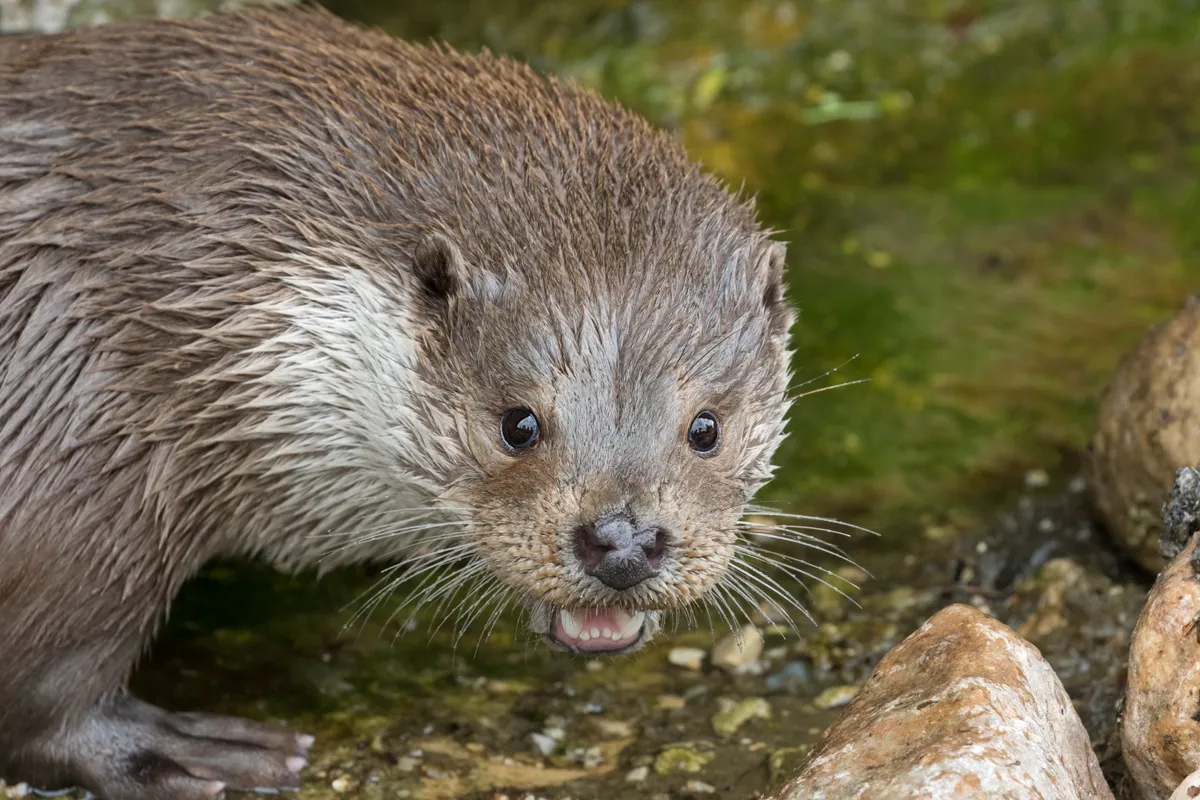
10
Glenarm Nature Reserve (Ulster Wildlife Trust)
The winding Glenarm river flanks this beautiful semi-natural woodland and is the perfect spot to see otter hunting for salmon and trout in the sparkling waters below.
Look out too for dipper, kingfisher and grey wagtail – and in the woods winter thrushes, common crossbill, siskin and red squirrel.
Where is it? In the Glenarm Estate, Co. Antrim, off the B97 Ballymena road. Grid ref: OS D 304 111
Invasive American mink are unfortunately now widespread across much of the UK, and they've been causing a lot of damage. How can you be sure whether you saw an otter or a mink?
How to tell the difference between an otter and a mink
Photo of mink. © Paul Reeves/Getty
There are 47 individual Wildlife Trusts covering the whole of the UK, all working for an environment rich in wildlife for everyone.
The Wildlife Trusts (TWT) have more than 800,000 members including 150,000 members of their junior branch Wildlife Watch.
TWT manages around 2,300 nature reserves. Each Wildlife Trust is working within its local communities to inspire people about the future of their area: their own Living Landscapes and Living Seas.
For more information about the reserves listed above, or to find alternatives near you, visit The Wildife Trusts.
